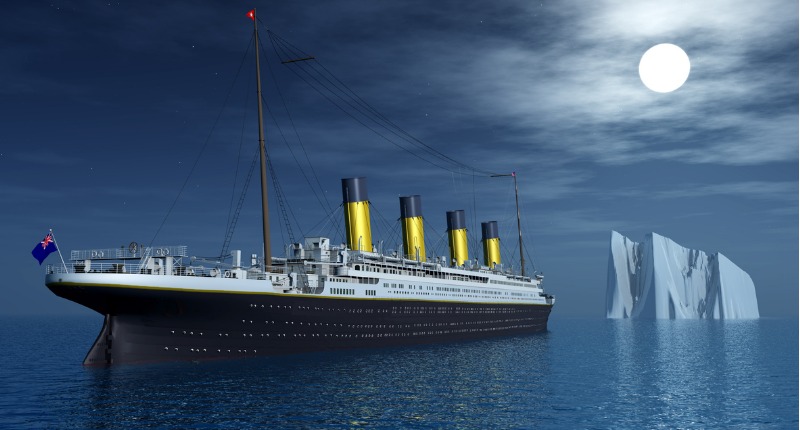It’s rarely a good idea to drink on the job. But a hankering for hooch may have saved the life of Charles Joughin, the chief baker on the RMS Titanic.
Of all the survival stories from that infamous evening, when the presumably unsinkable luxury liner was brought down by an iceberg in the North Atlantic, that of the 33-year-old Englishman may be the most amazing.
How it played out: Joughin was resting in his cabin when, minutes before midnight, the mother of all collisions occurred. Jolted by the impact, he rounded up the kitchen staff and instructed them to stock the lifeboats with provisions, such as bread and biscuits.
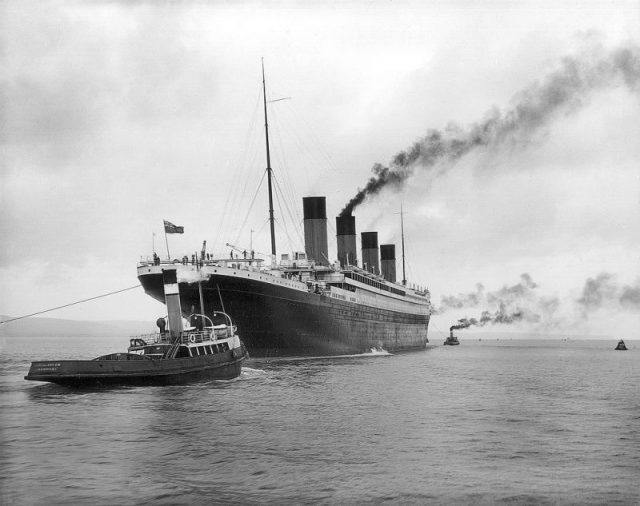
Then he returned to his cabin for a couple of good, stiff drinks, before returning topside to help toss terrified passengers into lifeboats — quite literally, by the way, since some women were hesitant to abandon ship.
The last of the lifeboats were unloaded by about 1:30 am, but Joughin wasn’t in any of them. Instead, he returned to his cabin and downed another drink. More accurately, he nursed the drink, taking his sweet old time, even though the frigid water of the North Atlantic was starting to fill his quarters.
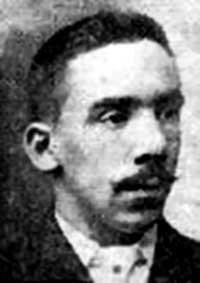
Upon taking his last sip, Joughin returned to the liner’s topside and started flinging deckchairs over the railing into the churning sea below, figuring they could eventually be used as floatation devices. Then, struggling through waist-deep water, he went to the pantry and tossed back yet another glass (water this time).
At 2:20 am, when the Titanic finally split in two, Joughin was on the stern. Not unlike Jack and Rose in 1997’s Titanic, the baker held on tight and “rode” the ship right into the sea.
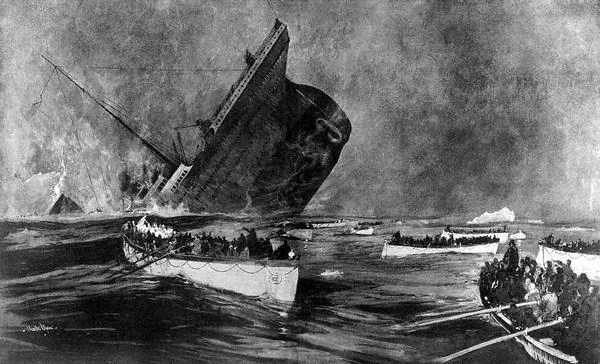
Upon entering the water, Joughin, lifebelt firmly in place, calmly started paddling around. Two hours later, just before dawn, he came upon an overturned lifeboat with about twenty-five men (Second Officer Charles Lightoller among them) standing on its side.
Related Video: 7 Things you probably didn’t know about the Titanic:
There was no room for Joughin, but he gripped the side of the boat, his legs dangling in the water. Another lifeboat came along and he was hoisted inside to safety. Eventually, Joughin would be brought aboard the rescue ship, RMS Carpathia, remarkably no worse for wear save for a pair of swollen feet.
How Joughin managed to survive may seem like something of a head-scratcher. Science tells us that a drunk man will freeze to death faster than a sober man. One reason: vasodilation, or the dilation of blood vessels, which sends warm blood rushing to the surface of the skin, away from the vital organs, increasing a person’s risk of hypothermia.
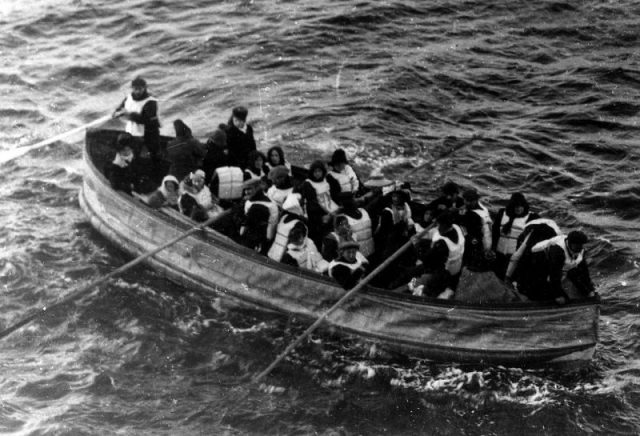
But the water temperature of the North Atlantic (reportedly -2 C) was cold enough to cause Joughin’s blood vessels to constrict and, therefore, counterbalance the effect of the booze. What’s more, because of his inebriated condition, Joughin was relaxed and, well, feeling no pain.
Unlike the 1,500 panicky passengers, who were wildly thrashing about in the water and hyperventilating (thus speeding up the loss of body temperature, causing them to freeze to death or drown), Joughin was able to keep his wits about him. (Hey, they don’t call it liquid courage for nothing.)
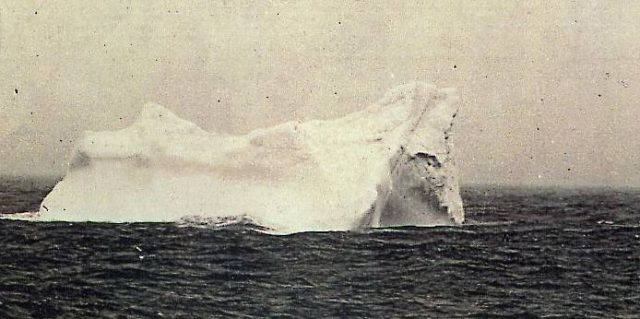
Finally, because Joughin was one of the last people to actually enter the water, he had been exposed to the unforgiving elements for a shorter period of time.
But while alcohol may have played a big part in Joughin’s survival, there’s no doubt about it: The baker was one tough cookie. In 1920, he moved to Patterson, New Jersey, and worked on a string of other ships — including troopships during World War II — until his retirement in 1944.
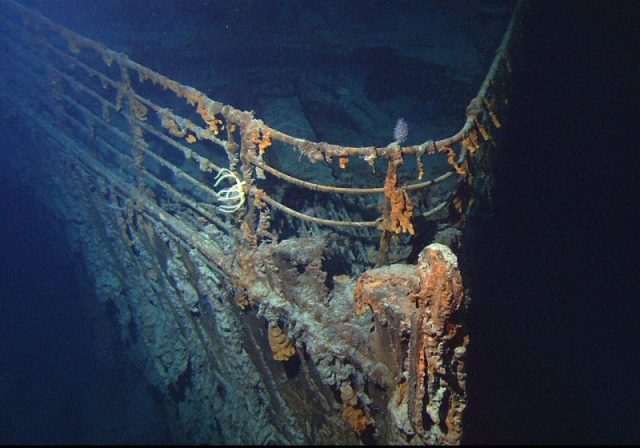
Joughin would die in 1956, at age 78, but the legend lives on. In a thoughtful nod to the brave Brit, director James Cameron would include his exploits in Titanic. Look closely and you’ll see Joughin (played by actor Liam Tuohy) tossing tables and chairs into the sea, to be used as impromptu flotation devices, and taking a drink from a silver flask.
Later, as the liner breaks apart and starts to sink, Joughin, standing near Jack (Leonardo DiCaprio) and Rose (Kate Winslet), gives Rose a glance as they descend straight down to meet the Atlantic — and their fates.
